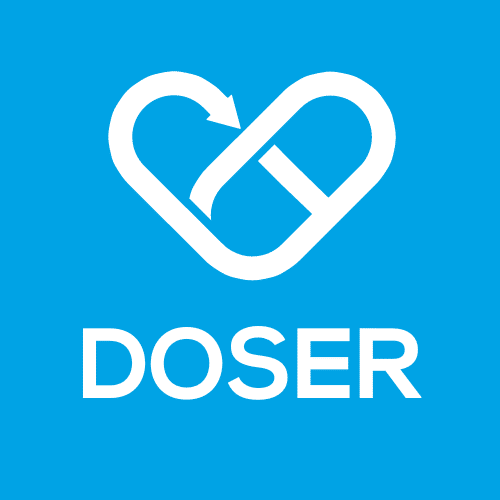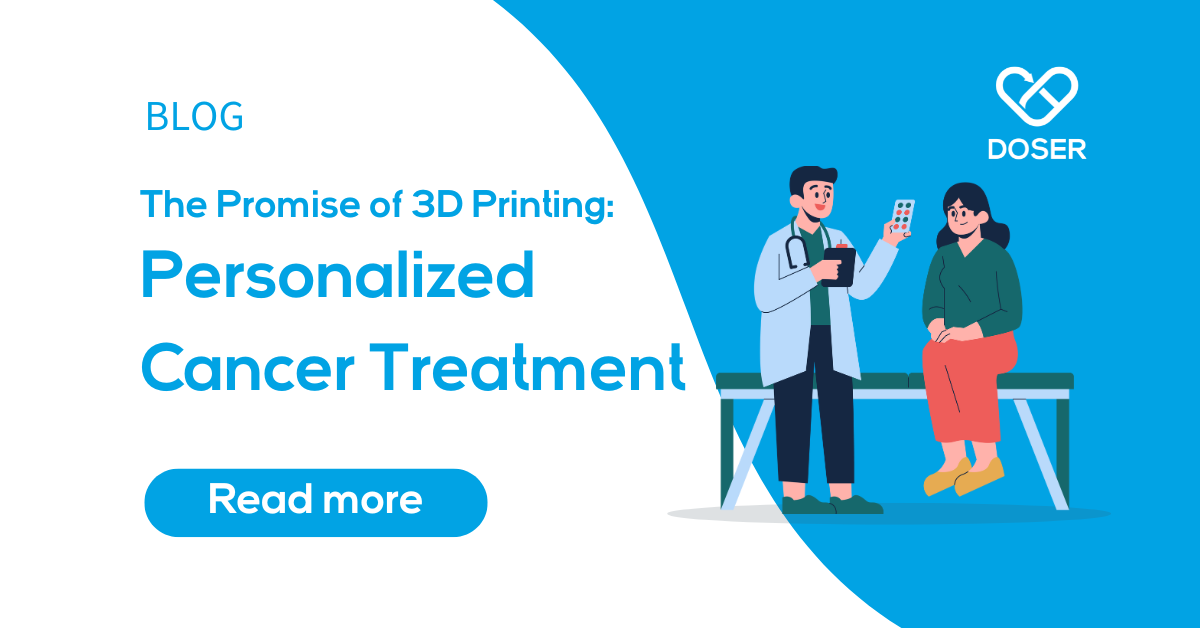Cancer – a disease characterized by the uncontrolled growth and spread of abnormal cells in the body is a leading cause of death worldwide. The impact of cancer on society is multifaceted and profound and affects millions of individuals and their families every year. With a wide range of treatments for cancer, one exciting area of innovation is the advances of 3D printing. This technology offers new ways to treat cancer, such as 3D drug modeling, artificial structures, and improved methods for delivering drug treatments. Let’s have a look at the ways how 3D printing is improving personalized cancer treatment.
Innovation in Cancer Treatment
Cancer poses significant challenges to society that impact individuals, families, and healthcare systems, placing a substantial burden on healthcare resources and requiring extensive diagnosis, treatment, and research. That’s not forgetting the immense physical, emotional, and psychological distress that affects not only patients but their friends and families, too.
As medical understanding of cancer advances, so does knowledge of how to treat it. As such, the traditional one-size-fits-all approach is being replaced by treatments tailored to the specific needs of an individual patient. One technology that is helping advance personalized cancer treatment is 3D printing.
What is 3D Printing?
3D printing – also known as additive manufacturing – is a process of making three-dimensional solid objects from a digital file. A 3D printed object is created using additive processes, in which an object is created by laying down successive layers of material until a 3D object is created.
While this technology has broad applications across various industries and sectors, it has ample potential to improve patient care and outcomes.
3D Printing For Personalized Cancer Treatment
3D printing offers new possibilities for creating patient-specific therapeutic solutions, with advancing technology being used to address individual variations in anatomy, pathology, and drug metabolism.
As R&D efforts continue to evolve, we look at how 3D printing is being utilized as part of the future of personalized cancer treatment.
1. 3D Bioprinting Technology For Tumor Modeling
Traditional tumor drug modeling—relying on two-dimensional cell cultures and animal models—has been limited in accurately predicting human responses to cancer therapies because it fails to mimic the complex structure and environment of human tumors.
However, 3D tumor models are now being developed that closely resemble real tumours’ physical and biological characteristics – enhancing the precision and reliability of drug testing and paving the way for more effective and personalized cancer treatments.
For example, advancements in 3D bioprinting technology are being used to generate representative bioengineered tumor in vitro models, which recapitulate the human tumor tissues and microenvironment for high-throughput drug screening.
Similarly to tumor modeling through 3D bioprinted models, microfluidic tumor-on-chip technology can create a cost-effective, versatile, and easy-to-use tumor microenvironment. Tumor-on-a-chip technologies are designed to replicate the physiologically relevant physical microenvironment of cancers while sustaining fluid perfusion in vitro. This is demonstrated by fully 3D-printed devices that have been developed to sustain patient-derived multicellular spheroids long enough to conduct multiple drug screening tests.
2. 3D Printing Scaffolds & Implants
Another promising application is to develop patient-specific scaffolds or implants that can be placed directly in the body.
Clinicians can design and fabricate 3D-printed implants or devices that release drugs directly to the tumor site, offering localized drug delivery approaches that reduce systemic toxicity yet maximize therapeutic efficacy. These scaffolds are created to mimic the structure and properties of the target tissue, providing a framework and integrating bioactive molecules or growth factors into them.
In addition, 3D printing enables custom-made prostheses and implants to replace damaged and diseased tissue.
In orthopedic oncology, 3D-printed metal implants using titanium alloy powder have created a new solution in bone reconstruction that can be customized to all body areas. The 3D-printed implant replaces the conventional tumor prosthesis and auto/allobone graft, thereby personalizing bone reconstruction.
3D Printing Personalized Medicine
Finally, 3D printing opens avenues to creating patient-specific drug delivery systems that provide tailored treatment outcomes.
At Doser Medical, we share the same objectives, producing semi-solid tablets via a 3D printing technique called “semi-solid extrusion”. With this technique, materials such as gels or pastes are forced through a nozzle with compressed air and are deposited layer by layer to create semi-solid tablets of desired dosage, size, shape, color and even taste.
Our award-winning 3D printer, DoseRx1, utilizes quality-controlled refillable cartridges that extrude drug formulations into a semi-solid tablet form on the print bed. The cartridges are inserted into the DoseRx1 printer and contain the necessary formulations to produce a variety of doses efficiently. For pharmacists, DoseRx1 represents an automated and standardized way to quickly and easily compound precision medication.
For patients who receive the printed tablets, DoseRx1 represents an accessible, affordable, and safe means to personalized medication with fewer side effects and a wide range of applications, including medication with narrow therapeutic windows, easier-to-swallow or better-tasting medication for children, and individually tailored medication to minimize allergic reactions to excipients.
Furthermore, cancer treatments often involve a combination of drugs. 3D printing also enables the creation of multi-layered tablets containing different but compatible active ingredients in a single tablet. This can simplify patient treatment regimens by combining multiple drugs into a single, easily administered tablet.
You can read more about how DoseRx1 works on our website: Technology – Doser (dosermedical.com)
The Outlook on 3D Printing in Personalized Cancer Treatment
3D printing is significantly advancing personalized cancer treatment by enabling the creation of patient-specific tumor models, boluses, drug delivery systems, and personalized oral dosages. This advancing technology is helping to address each patient’s unique needs, resulting in more effective and targeted (combination) therapies and offering innovation that will make personalized treatment more accessible to all.
At Doser Medical, we are helping to address the unique needs of patient care. Our award-winning 3D printing technology offers personalized medication that is accessible, affordable and safe for various applications. We continue to revolutionize patient care, enhancing personalized medicine and improving patient outcomes.
Learn more about DoseRx1, and how our technology can help offer personalized treatment.




